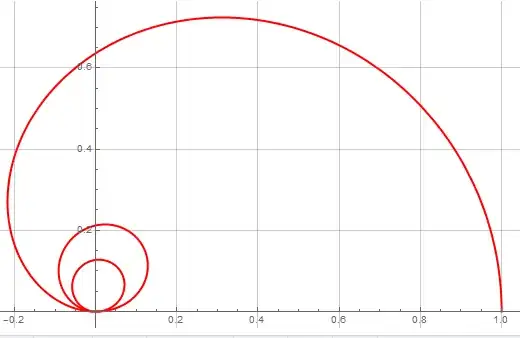What is the geometrical interpretation of this quantity $$\frac{\sin(\alpha)}{\alpha}$$ such that $\alpha\in(0,\pi/2)$
For example, this is the abscissa of the centroid of the arcs of the unit circle centered at the origin of angle $2\alpha$ and symmetric with respect to the axis of abscissa.
Is there any other geometrical interpretation of this quantity or can we characterize this centroid by another method

